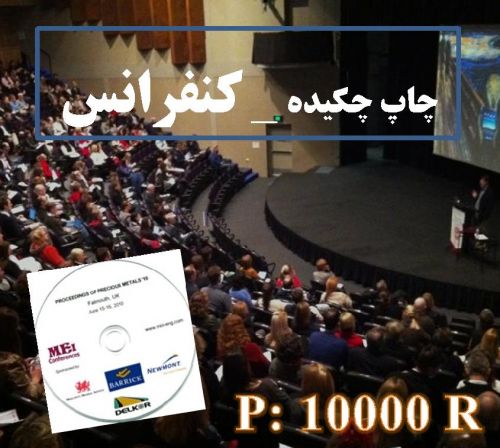Background and Aim: Apart from being an immunosuppressant agent, Cyclophosphamide (CP) has been known to induce oxidative stress. The Achillea millefolium (AM) is a well-recognized medicinal plant with powerful antioxidant property. One of the By-products of lipid peroxidation is MDA (Malondialdehyde), which it used to estimate Prooxidative damage rate. This study was planned to evaluate the effects of AM hydroalcoholic extract against changes of MDA following CP exposure in mice. Methods: Thirty two adult NMRI (National Medical Research Institute) male mice were arranged into 4 groups. The group 1 as control received (5 ml/kg,daily) Normal Saline, the group 2, received CP (5mg/kg, daily), group 3 received AM extract (75mg/kg, daily) and group 4 received CP (5mg/kg, daily) + extract of AM (75mg/kg, daily). Treatments were continued for 35 days. 24 hours after last treatment, all of mice were euthanized and autopsied and testes separated, MDA in format of TBARS (Thiobarbituric acid reacting substances) were evaluated using Esterbauer & Cheesman method, TBARS values were expressed as nmole per mg protein. Statistical analyses were performed using ANOVA and Tukey test. Results: Biochemical studies showed that the amount of MDA in group 2 significantly increased compared to the control group (P<0/001). MDA in group 3 had no significant difference compared to control group but in group 4, amount of MDA significantly decreased compared to the group 2 (P<0/001). Conclusion: Increasing the amount of MDA can be considered as the direct cause of CP induced lipid peroxidation and AM extract likely through inhibition oxidative reactions, reduces adverse effects of CP.
کلید واژگان :Achillea millefolium, Cyclophosphamide, Malondialdehyde, Mice, ROS.
ارزش ریالی : 100000 ریال
با پرداخت الکترونیک
جزئیات مقاله
- کد شناسه : 7149563965890764
- سال انتشار : 2017
- نوع مقاله : چکیده مقاله پذیرفته شده در کنفرانس ها(فایل کامل مقاله بارگزاری گردد)
- زبان : انگلیسی
- محل پذیرش : سومین کنگره بین المللی تولیدمثل
- برگزار کنندگان : انجمن علمی جنین شناسی و بیولوژی تولیدمثل ایران و دانشگاه علوم پزشکی ایران
- تاریخ ثبت : 1396/03/03 19:57:38
- ثبت کننده : دکتر ندا اصل ایرانی فام
- تعداد بازدید : 225
- تعداد فروش : 0
